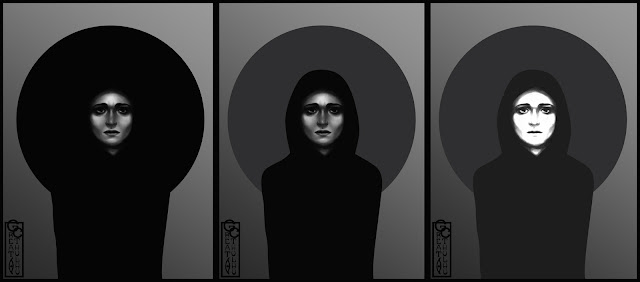The Shape of Food Design to Come
THE SHAPE OF FOOD DESIGN TO COME
A selection of food-related design projects created by under-35 designers, presented at the 2018 edition of SaloneSatellite, at the last Milan Design Week.
The Milan Design Week, an appointment design enthusiast can't miss, has been as interesting as ever this year, the 57th edition since its debut.
Like every year since 1998, the SaloneSatellite - a collateral event focusing on talented young designers under 35 - has accompanied the official exhibition. Its main challenge is trying to imagine how future generations of designers will renew the shape of design to come.
We made a selection of food-related projects by young designers and students from some of the most prestigious design schools in the world.
CUCINA LEGGERA BY STEFANO CARTA VASCONCELLOS
This year, the SaloneSatellite Award competition selected some emerging talents which best represented the theme of sustainability. The first prize was given to the Italian Stefano Carta Vasconcellos, who created Cucina Leggera: a modulable kitchen unit that can be assembled by interlocking the elements that compose it.
CERAMIC PRINTED CITRUS PRESS BY JOANA SCHMITZ
Among the various proposals, Product Design UdK from Berlin presents two innovative projects based on research and technology. With a project called Ceramic printed citrus press, Joana Schmitz exploits the limits of 3D printers. The various layers of printed material make the surfaces of objects rough so that they can be used to grate or press citrus fruits.
RUMINANT ME BY LAUREANNE KOOTSTRA
Ruminant me by Laureanne Kootstra stems from a desire to identify new food opportunitiesby studying the characteristics of cellulose, the most plentiful organic plant compound in the world. The project being presented is the reconstruction of a cow’s stomach which, thanks to the microbes to be found in the first of its four stomachs (known as rumen), is able to digest this substance. Thanks to this project, cellulose could become edible and be used in numerous recipes.
KITCHEN HEAD BY QUENTIN BIRY
France presents a selection of the best students’ projects from some of its design schools. Kitchen Head by Quentin Biry of the École Camondo rethinks the three functions of food preparation: washing, preparing, cooking. In fact, the young designer presents an eco-sustainable kitchen prototype consisting of three wall modules. The food cupboards, characterized by a double clay skin, use damp sand to maintain a cool temperature, similar to domestic versions of a “desert fridge”, while other elements contain worms for the instant recycling of food waste and leftovers.
FRUIDGE BY MANON LE COËNT
Fruidge by Manon Le Coënt from the École de design Nantes Atlantique, is intended for domestic use and preserves fruit and vegetables thanks to three programmes which adjust the temperature and levels of humidity and ethylene (a fruit ripening substance) to suit the fruit being stored. In fact it is possible to select the type of fruit or vegetable you wish to preserve by means of a series of pictograms. Based on a collaboration with two engineering students from the École Polytechnique de l'Université de Nantes, this project is a tangible example of “the evolution of domestic appliances” and aims at minimizing food waste.
VELLAMO BY SANNA USVA
Among the exhibits presented by the Scandinavian countries, two students have come up with an alternative design for simple cookery utensils. Sanna Usva, a Finnish student from theUniversity of Applied Sciences of Lahti, has designed Vellamo, a range of butter knives in wood whose design is interesting and functional because they are easy to wash and may be placed upside down when not in use.
SOWE BY JOHANNES BRØCHNER
Johannes Brøchner, from the VIA University College of Horsens in Denmark, has been inspired by the Japanese tea ceremony. SoWe, a stackable glass tea set for two people, is conducive to calm and facilitates relaxation and socializing, thanks to its composition and the delicacy of its material, while recalling and celebrating this ancient Japanese art.
http://bit.ly/2LStQ6X


Comments
Post a Comment